The Article
The Beatles: Which CD Version? (Part 1)
23rd March 2016
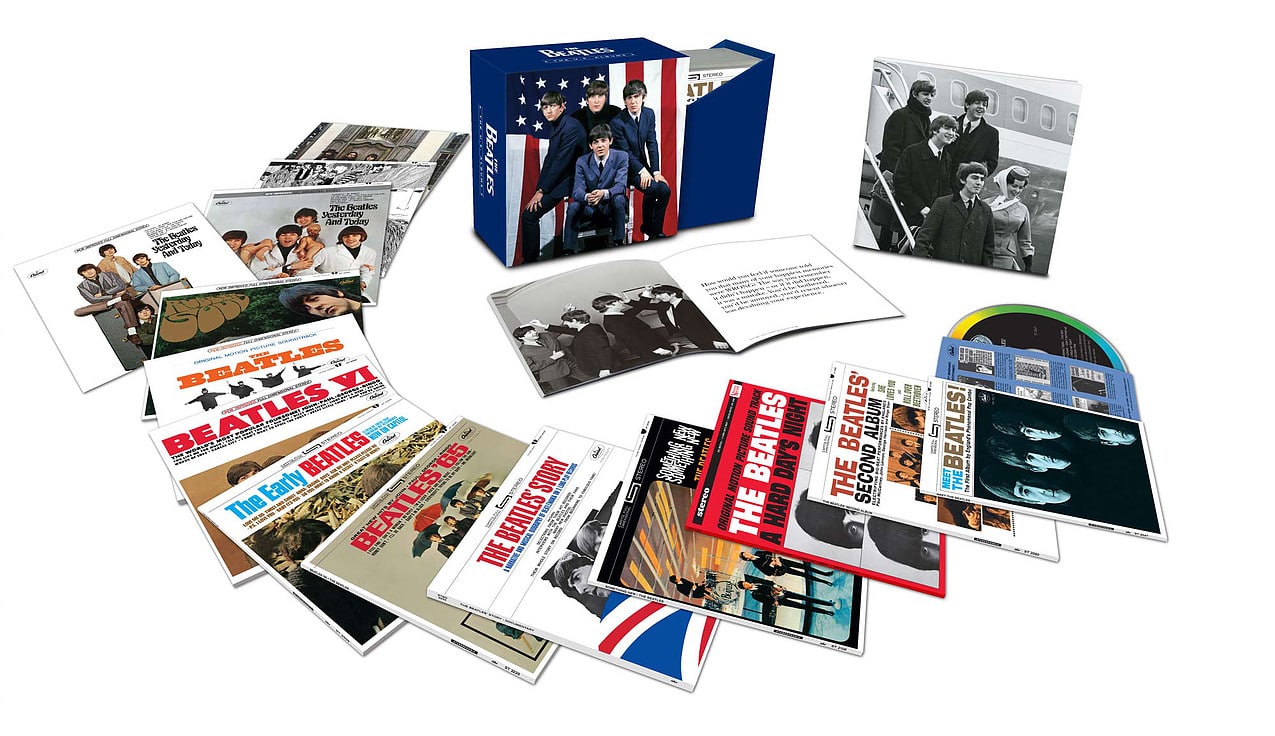
Following the release of The Beatles’ U.S. Albums box set, Paul Rigby talks to the mastering engineers and Universal UK of the box set
The story of The Beatle’s musical output, in the USA, is long and complex but it comes down to this. When Capitol finally decided to import The Beatles to the USA, it found itself a couple of albums and several singles behind the UK market. Catching up meant creating new albums that looked completely different to the UK originals. Running orders were changed, tracklistings were different and, in some cases, the American market would receive unique mixes of familiar tracks. Whatever your view of the final album array, this body of work has great significance, not just to Beatles fanatics but to American Beatles’ fans. This was their Fab Four education, after all.
It is this body of work – with a few tweaks here and there – that can now be bought as a single box set. Entitled The U.S. Albums, you receive: Meet the Beatles! (1964), The Beatles’ Second Album (1964); A Hard Day’s Night (1964), Something New (1964), The Beatles’ Story (1964; a non-musical, documentary piece), Beatles ’65 (1964), The Early Beatles (1965), Beatles VI (1965), Help! (1965), Rubber Soul (1965; first time on CD), Yesterday And Today (1966; first time on CD), Revolver (1966; first time on CD) and Hey Jude (1970).
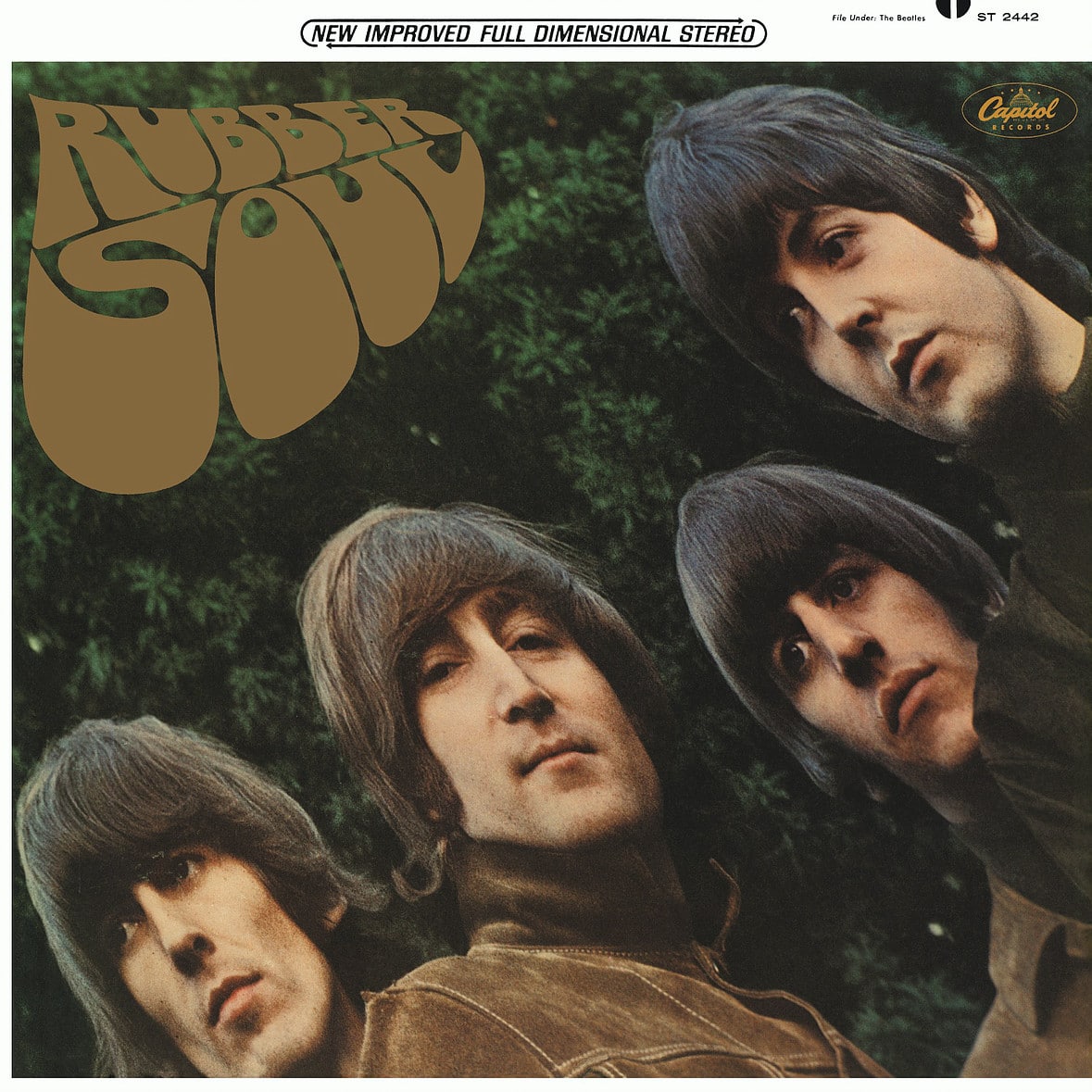
What you don’t get, because they were identical to the UK editions, are Sgt. Pepper’s Lonely Hearts Club Band, Magical Mystery Tour, The Beatles(the White Album), Yellow Submarine, Abbey Road and Let It Be.
The U.S. Albums mini-LP CDs feature both mono and stereo versions of each album on the same CD, apart from The Beatles’ Story and Hey Jude, which are in stereo only. Each CD pack is beautifully presented, arriving with replica artwork, including inner sleeves and are of a standard and finish only matched by the Beatles In Mono UK box set. The U.S. Albums box set also features a 64-page booklet, including a new essay by Bill Flanagan that is, I would imagine to many US readers, strangely negative about the American oeuvre in general.
That’s the broad overview of The U.S. Albums box set but, as ever, I’m never satisfied unless I deliver the full story. And it is quite a story, which is why I was eager to talk to three important individuals who were critical in the creation of this box set: Universal UK’s Project Manager for the release, Guy Haden and the US mastering outfit responsible for the final box set sound, Sterling Sound’s mastering engineer, Greg Calbi and co-ordinator and audio supervisor, Steve Berkowitz.
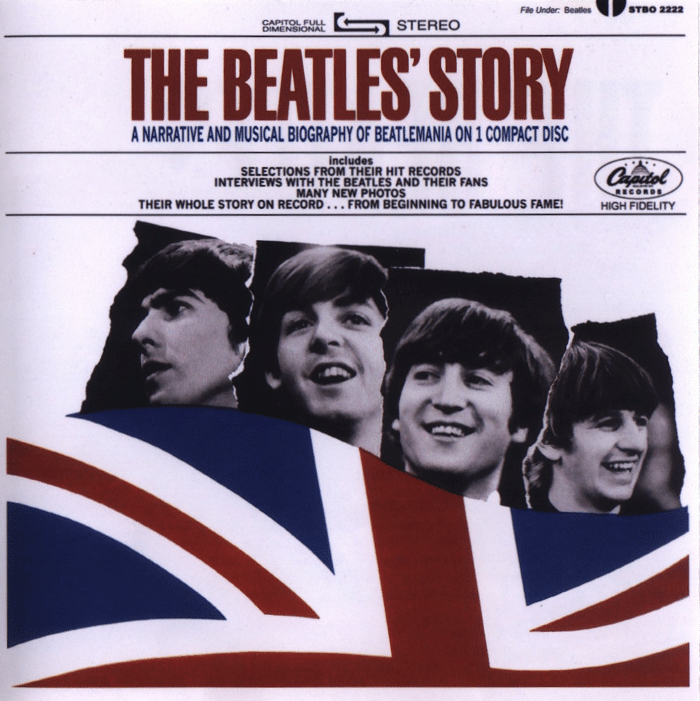
So why does this box set exist at all? After all, we have most of these albums already via the Capitol Albums Vol.1 (2004) and Vol.2 (2006) CD box sets, “The two Capitol box sets were incomplete and not the best grade that they could have been,” said Haden. “They weren’t perfunctory but not the best representation. It was also timely because it was the 50th anniversary of The Beatles in the USA. We felt that, if we were ever going to do the US packages, then this is the time when they would most culturally relevant.”
Some fans have issues with the new box set, though. The issues don’t necessarily relate to the box set’s removal of excessive reverb, fake stereo and fake mono tracks from the original recordings (although some fans have complained about this too), some fans object that the majority of the music is not exclusively derived from the original Capitol master tapes. Except for twenty-three tracks, which represent the exclusive and unique US mixes and are present in this set, the majority of the stereo and mono tracks heard here are based upon the Abbey Road-created, 2009 mixes that formed the basis for the UK-releases: The Beatles In Stereo and The Beatles In Mono.
For those fans who just wanted a cleaned up Capitol Box Set reissue? “The goal was to replicate what the artist intention was in the confines of the shape of the US albums,” said Berkowitz. “Not to go back to use the wrong masters or the other masters that had been used for some purpose or other when the records had been compiled in the 60s in America.
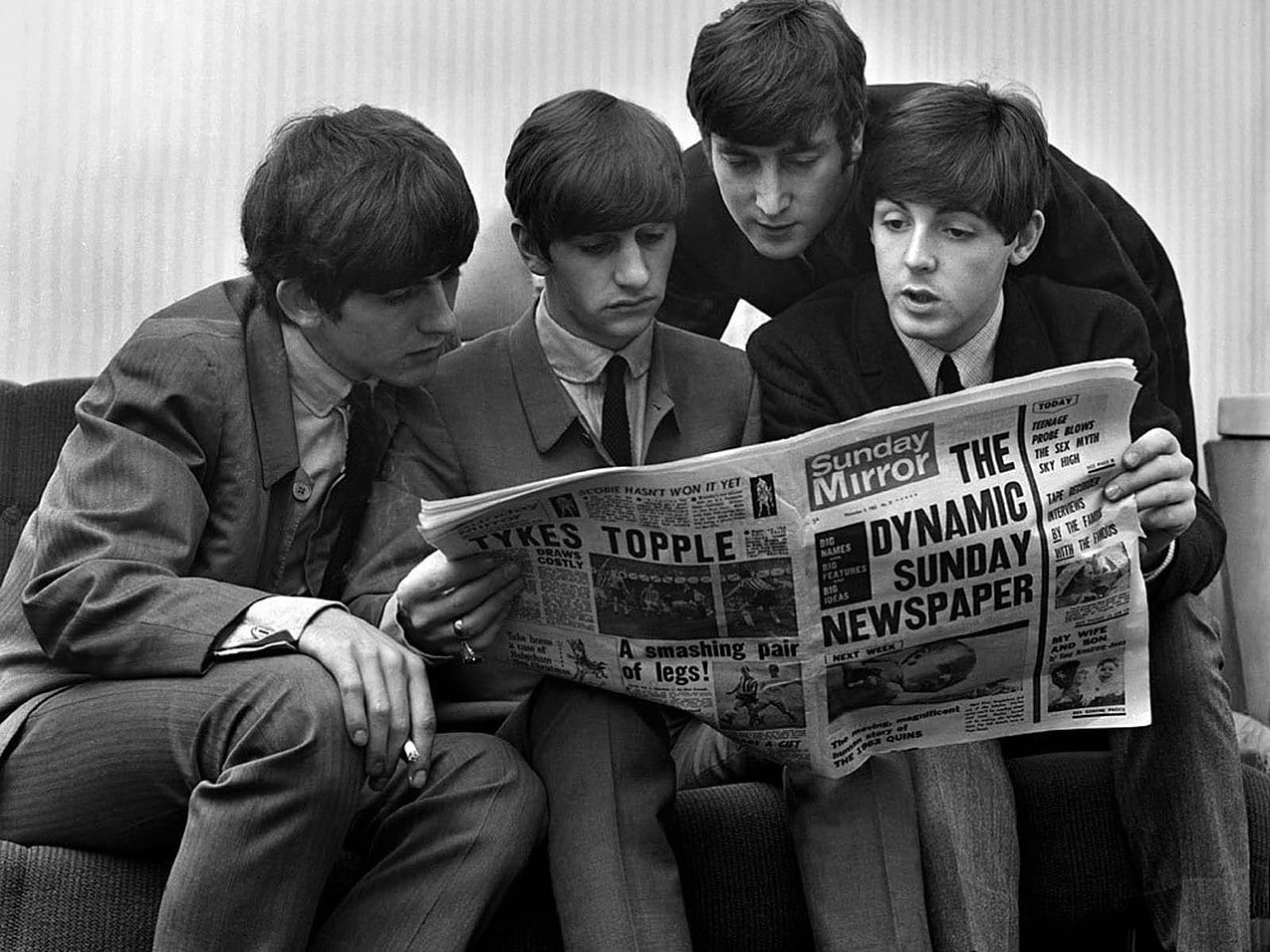
Furthermore, Apple, the controlling entity, said that they wanted the best audio and they have deemed the 2009 masters the best audio. It’s not the current producers and engineers decision. My opinion and your opinion don’t matter that much. The Beatles opinion and George Martin’s actions control everything here.”
In order to achieve the best sound quality while still trying to obtain the ‘feel’ of the original Capitol issues, the team visited Capitol and obtained the finest possible 1A Capitol album pressings, tracked them with a good cartridge and pre-amp onto a high resolution file and then into Pro Tools.
Directly above that, in parallel, they then tracked the tapes that allegedly made those records into another file. In addition to the versions now to hand, they added the 2009 mixes. They utilised this A-B-C-D-E process, going back and forth to hear each of the versions. What did they sound like on the American record? What did the original tape that made it sound like? Then the team tried to figure out what the original engineers did to each track, “We also listened to the 2004 CDs, to see what they did with them,” said Berkowitz. “We had five or six examples of every single song as they appeared on the US albums and then put them together from what we thought were the right sources and the approved sources according to Universal and Apple. When we had all of the sources in play, in consideration of the US record, then an EQ would be created to produce a new version. You’re talking about a whole bunch of different sources, trying to end up in some cohesive way that is not going to be the same as the original because we weren’t replicating the original other than the sequence and the idea of the record.”
The Sterling team were meticulous about the sources that they utilised. For example, there were eight songs that were received from Capitol and rejected, “Nothing against any of the engineers,” said Berkowitz, “they archived them in a high resolution process and set the machines in an optimal fashion but upon reflecting on the records we requested an adjustment of the azimuth to match the feel of the originals. We also had to work out how do take a different tape and make it go through machines that are different from the originals to make it sound what you think the producers and the artists intended. That’s where a lot of experience, craft and hard listening comes in.”
Then came a casual comment that made me sit, bolt upright, in my seat. I reviewed the original Beatles In Stereo CD box set, released in 2009 and remembered Abbey Road mastering engineer, Steve Rooke, saying that he used a Junger D01 limiter/compressor to increase the general levels by 3-4db. Despite the team applying level correction after the Junger was employed, I have always felt that the Stereo set sounds rather cold with an essential splash of emotion removed, as a result. So, imagine my surprise when Greg Calbi declared that, although they received the 2009 UK masters for use in the U.S. Albums box set, they were received in an uncompressed state with no limiting applied. And then this, “My feeling about the 2009 masters was that they sounded great but, in relation to my memory of the records, sounded just a little bit towards the sterile side,” said Calbi. “Clean and precise but just a hair sterile. Knowing that the American albums were just the opposite, they were dirty because of the late generation tapes, we elected to make the thing sound a little bit smoother. It’s a slight difference, though.”
Both eyebrows began to rise. They continued as Calbi further described how he handled the 2009 masters for the U.S. Albums box set, “I added a neutral gain structure to the stereo files. I wouldn’t even call it compression but the result is a hair louder than the original non-compressed files. I didn’t push the files through any multi-band compression or maximiser.”
Frankly, I could have hugged the guy. The chance of hearing the stereo masters, without any limiting applied, would be worth the price of the box set alone, “They’ve been put through a subtle analogue-to-digital re-write back to the same sampling rate in order to move into a direction of, I would say, smoother and a little bit more bass clarity but both are very subtle,” said Calbi. “To keep the spirit of the 2009 masters, two things had to be done. Firstly, taking the songs that were not on the same record and putting them into a new record so the consistency of the listen had to be taken into consideration. But anyone who listens to the 2009 masters and this set will hear a subtle difference. I wanted to make this box set a more musical listen without putting a mark on it in any way or change the balances or the relationship between the instruments.”

Calbi’s challenge was to take the UK 2009 masters and move them into the direction of the original American albums while retaining top quality sound. A tough job as the original Capitol tapes were two, three and even four generations removed from the original tapes back in England, not to mention played back on different machines, which were all aligned differently.
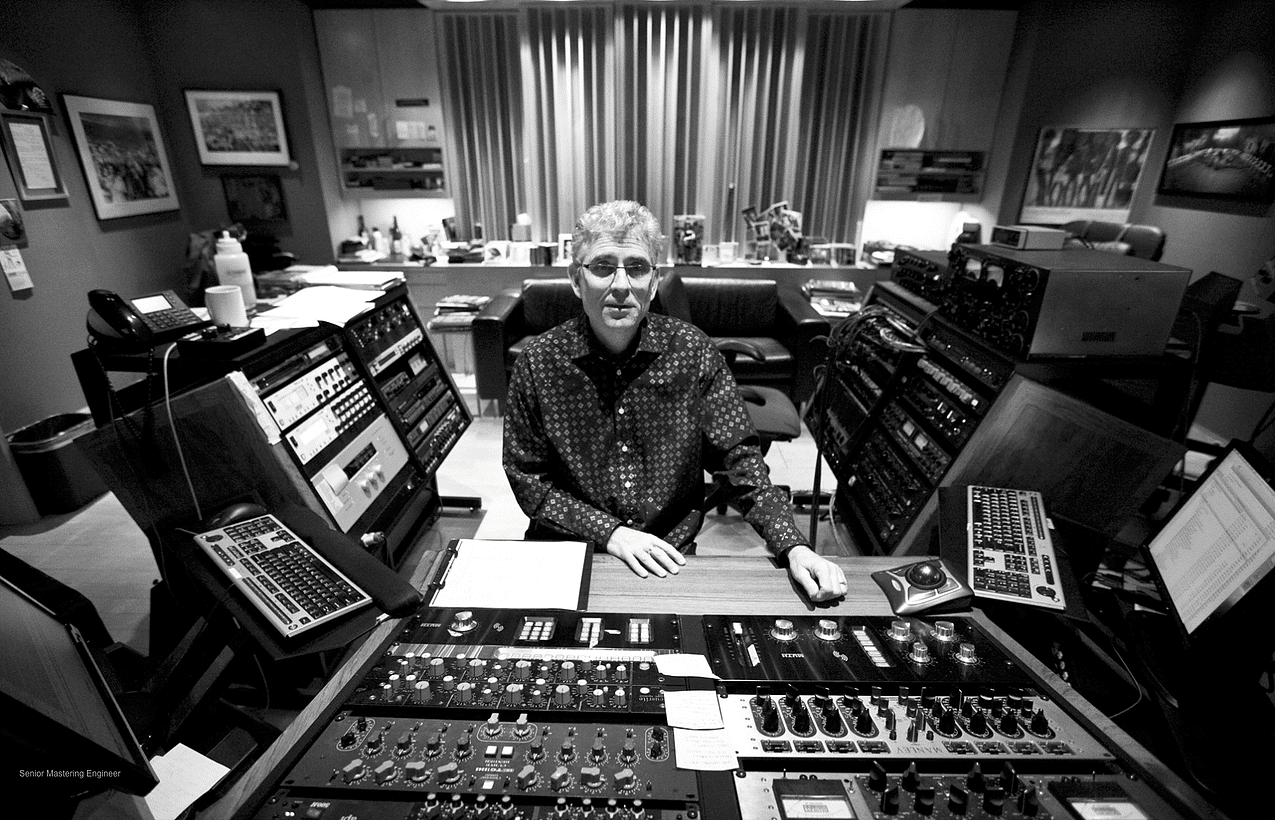
So what sort of job has Sterling done? Have they achieved their goal of combining top quality sound with that desired American tone? What about the contentious George Martin 1987 mixes and those unique American masters? Do they all come up to scratch? Tune in to Part 2 and find out as I undergo a thorough U.S. Albums sound test by comparing them to the other CD releases currently on the market (including the Capitol box sets plus the Beatles in Stereo and Beatles in Mono sets produced by Abbey Road) as well as listing the unique mixes present within the box set

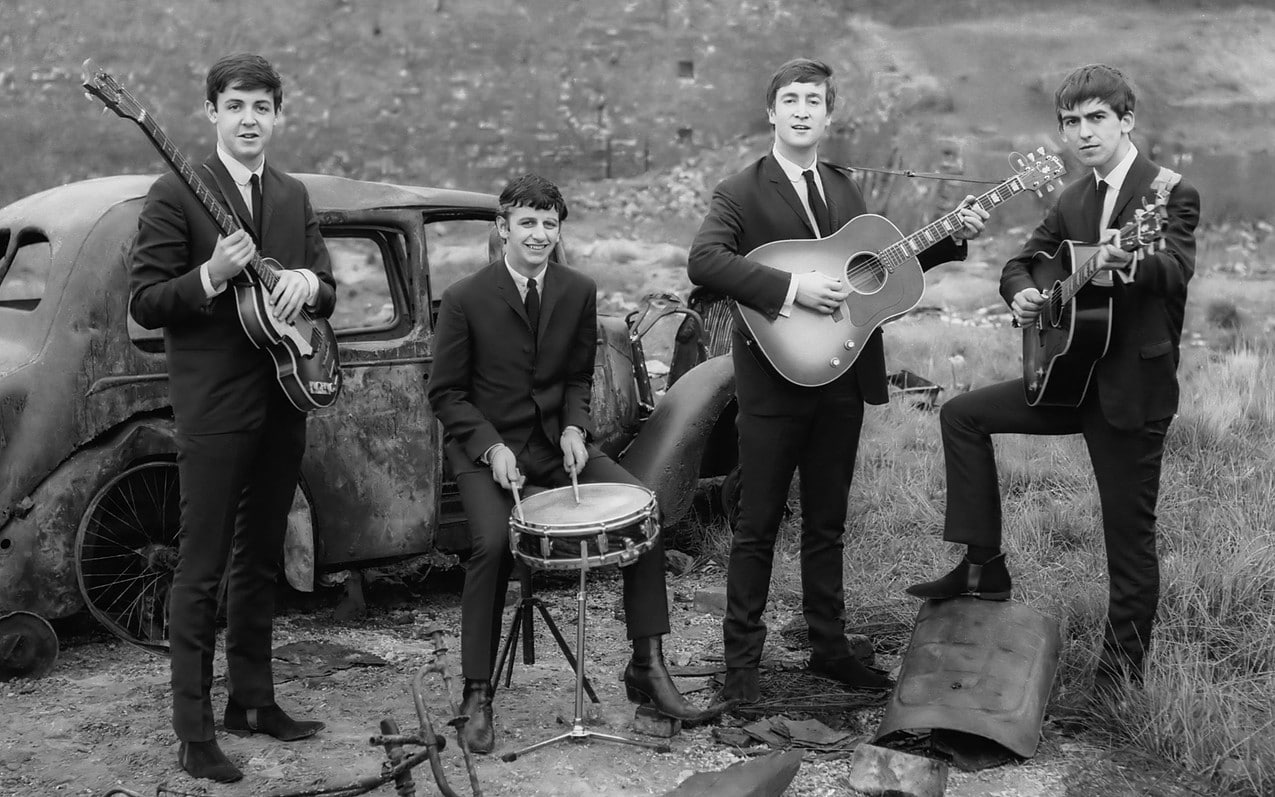


My CD versions Rubber Soul onwards are the 2009 remastered versions. I bought all on tape in the 90s, but they all suffered from what I assume was overplaying and don’t exist anymore… I have Sgt Pepper and Abbey Road on vinyl (’67 and ’69 stereo respectively), and they sound superior to the CD versions. My hankering to get the earlier albums on vinyl begs the question which version should I get – been reading your posts about mono cartridges etc. and what would be best for my P6?
Have you seen this feature, Carwyn https://theaudiophileman.com/beatles-mono-vinyl-version/